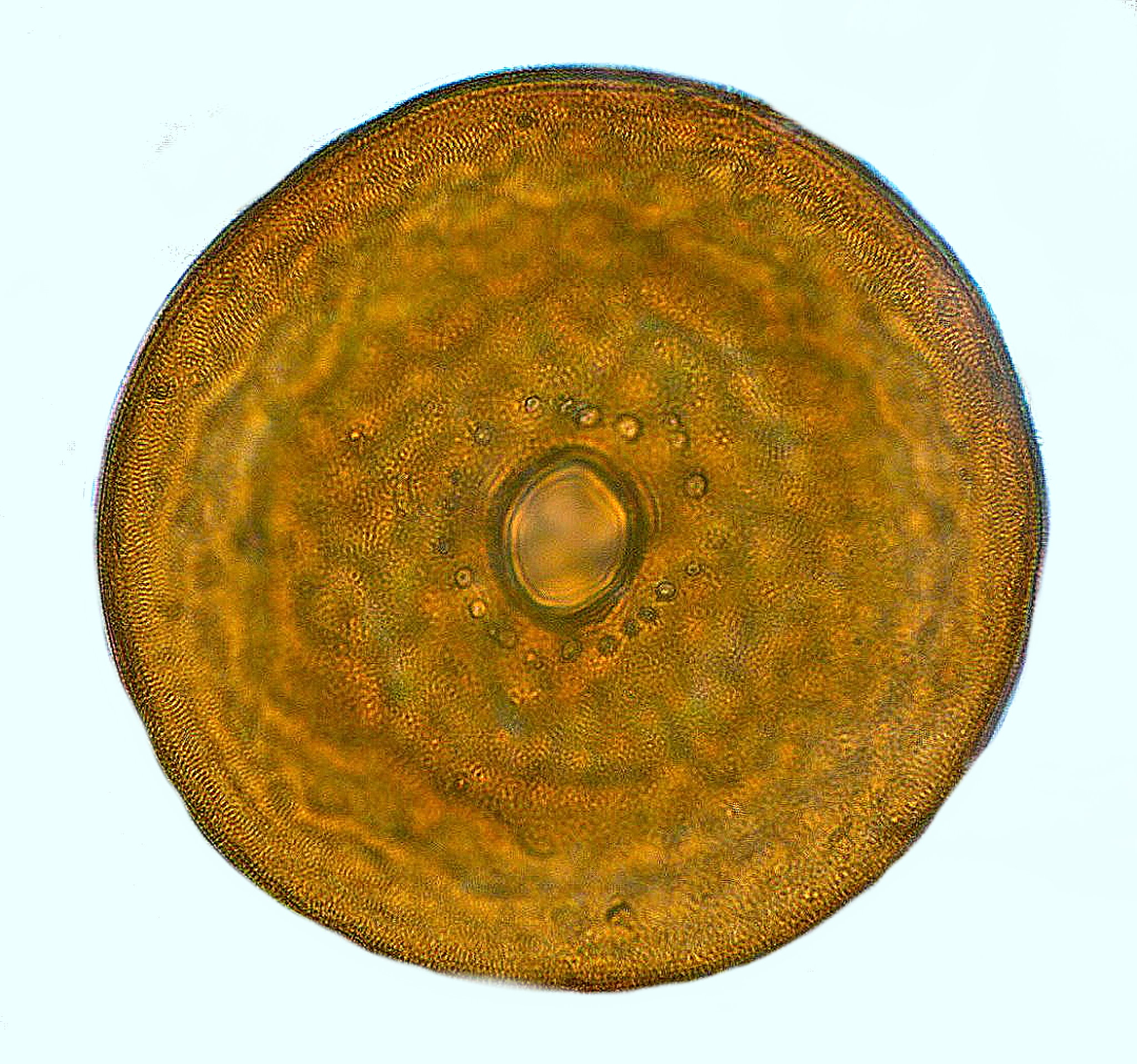
|
Invertebrate Houses A Rambling Tour Sketch #1: Protists by Richard L. Howey, Wyoming, USA |
First off, let me say that I am going to interpret invertebrates here in a very wide, loose sense and include some micro critters that are algae or have a somewhat indeterminate taxonomic status; for example, diatoms and certain algal forms. Secondly, I will also talk about houses in a rather loose way including, in some instances, structures which are internal rather than external protective habitats. Furthermore, although most of these structures will be calcareous or siliceous, some will be membranous or even composed of cellulose compounds.
I will present a series of brief discussions over the next few months which I am calling “Sketches” for two reasons: 1) Any given group contains so many different organisms that only a small sampling is feasible and 2) The diversity and complexity of these organisms is so extensive that only a survey of a limited number of types can be considered. With that said, let us begin.
One of the first groups of protists which pops into mind that possesses houses is the testate amoebae. Some species are very common and most any microscopist interested in aquatic life forms will likely have come across a few of these. Four common freshwater forms are Arcella, Centropyxis, Difflugia, and Euglypha.
Arcella is especially common in this area and the shells take on a distinctive deep brown color as a consequence of iron in the soil around most of the lakes and ponds here. I’ll show you two views; the second has been enhanced to increase the contrast a bit. Arcella’s house consists of a flattened dome with an opening at the bottom out of which the pseudopodia project for food capture.

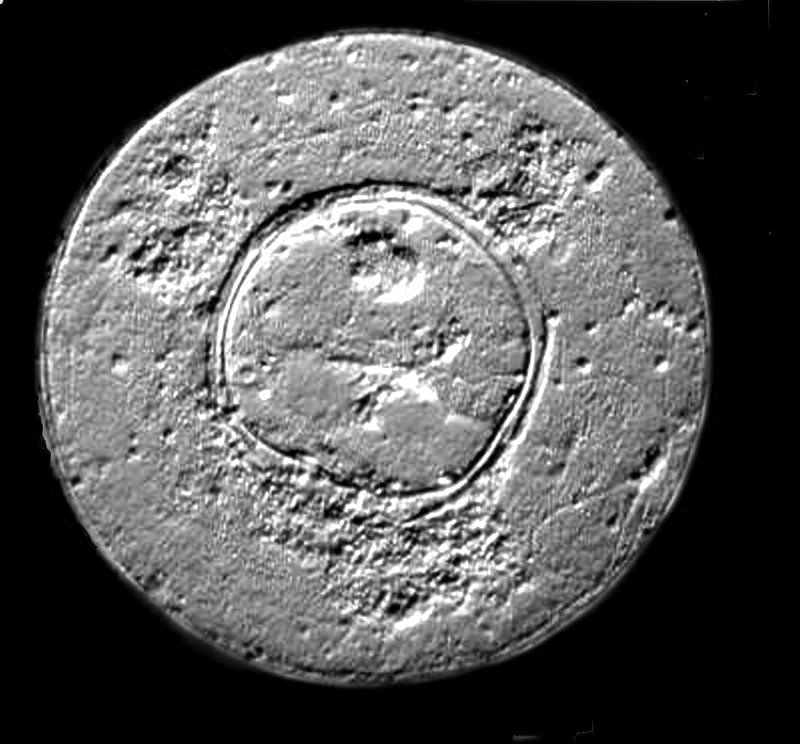
I don’t have any suitable images of Centropyxis, Difflugia, or Euglyphya, so I will provide you examples which are available on the Internet.
First, Centropyxis, and you will note that the shell is rough and consists of an assemblage of mineral particles from the substrate and this is true, as well, for Difflugia. The particle size is of significant importance whereas the composition is much less important. The image of Difflugia is one taken with a Scanning Electron Microscope.
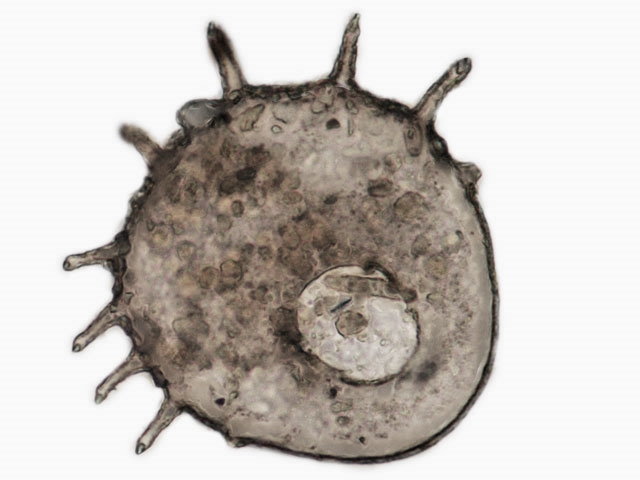
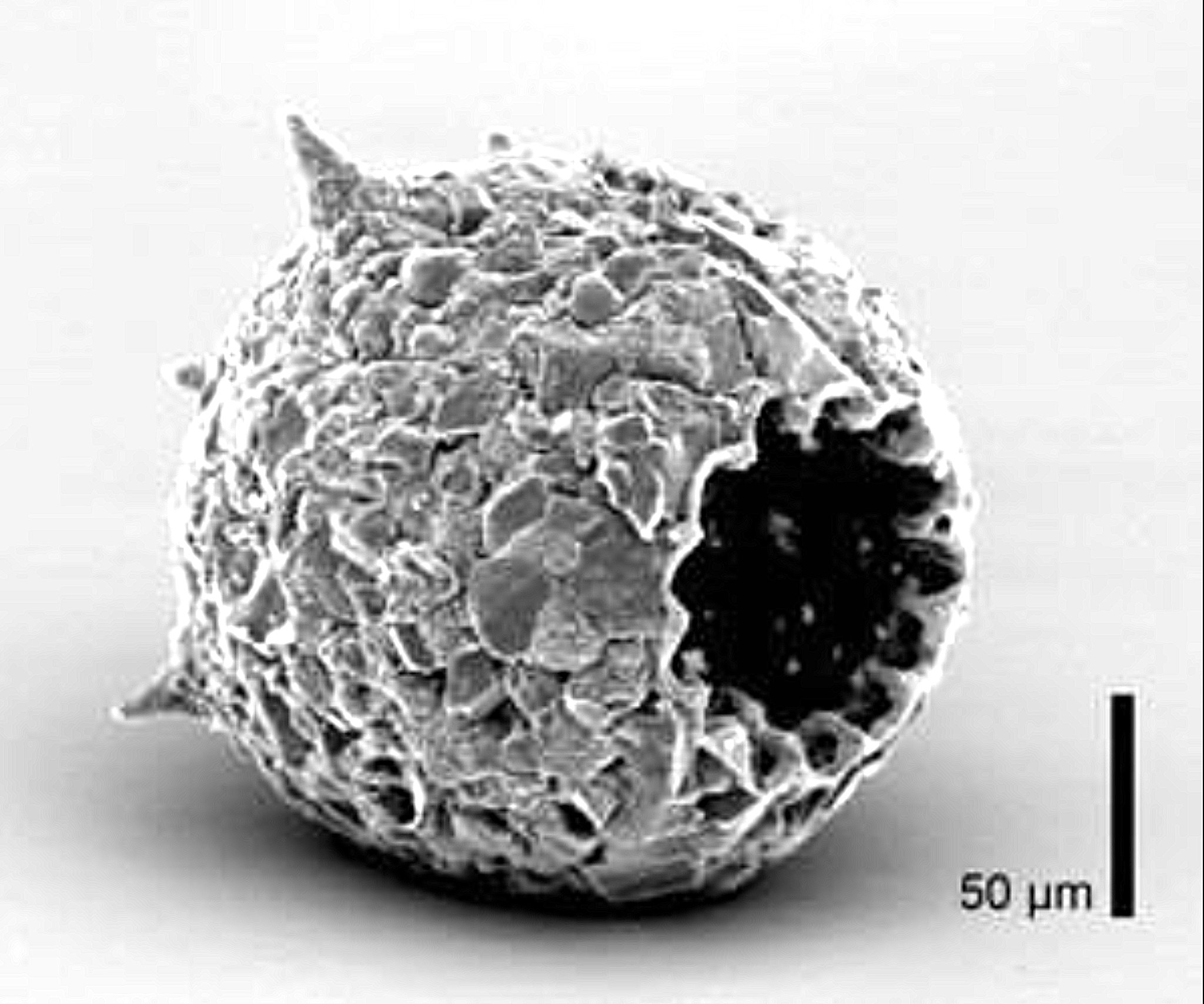
The test of Euglypha is siliceous and is composed of a series of overlapping plates. Some species have spines.
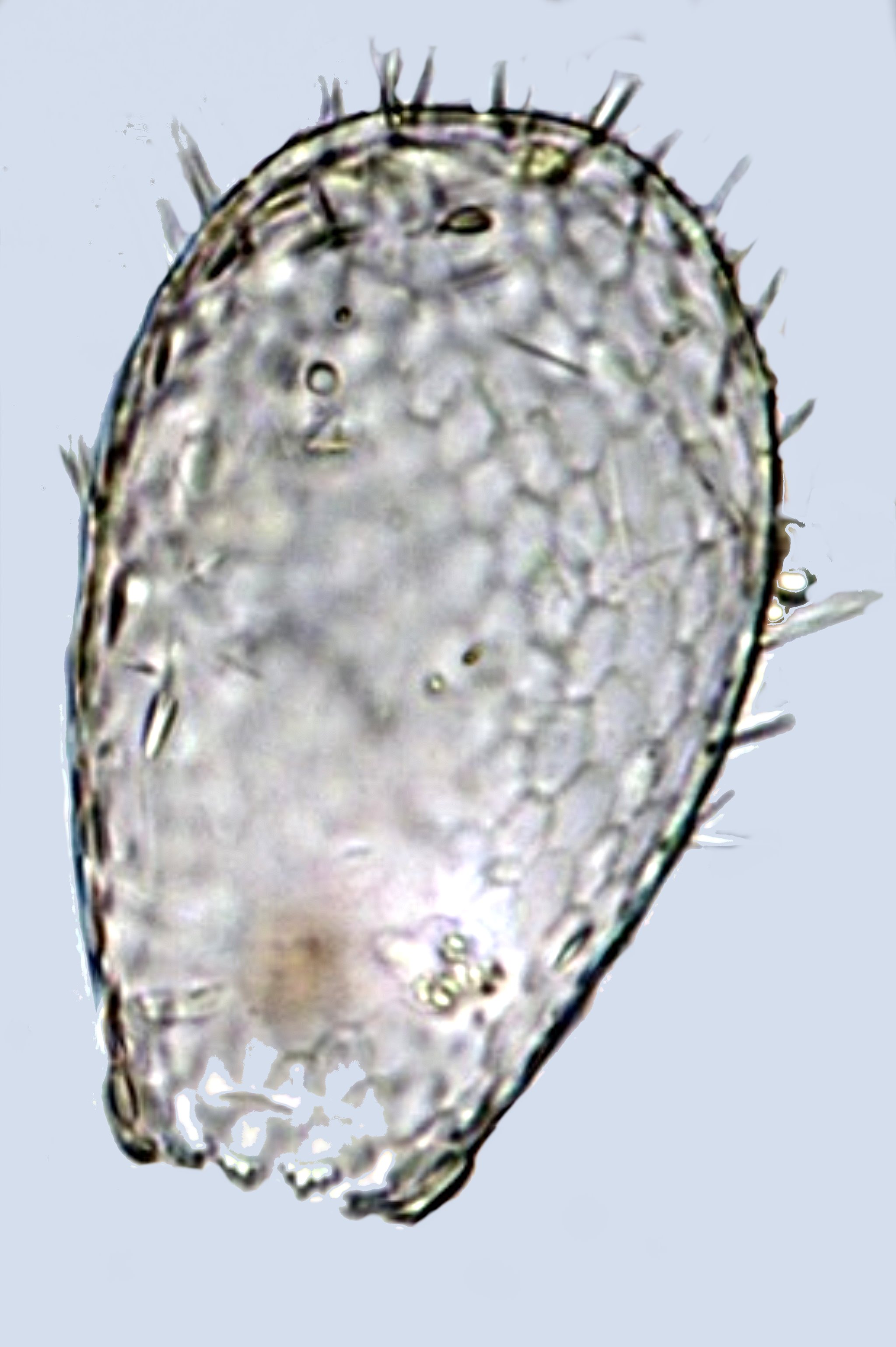
Next, we’ll take a look at a deeply strange organism that has caused spats between taxonomists; they’re not sure quite where it “belongs”. For a long time, it was considered to be a foraminiferan (foram) and this particular specimen which I am going to show you is marine, although there is reputed to be a freshwater species or so. A friend of mine (Mike Shappell) and I used an inverted Wild/Heerbrugg phase microscope to examine it. We were enormously excited by its eccentricities. It apparently feeds on very small flagellates and diatoms. It has very thin pseudopodia which it can extend out to remarkable distances from its test or house, 8 or 10 times the length of the test and out beyond our field of view. However, even more startling was that the pseudopodia have protoplasm flowing in both directions, like a two-lane highway. So, we observed particles and small diatoms being drawn in back toward the test, while at the same time, that pseudopod continued to extend outward. I was sufficiently intrigued by this organism that I wrote an article on it called “Gromia, Gromia, Wherefore Art Thou?” which you can find here if you want to know a bit more about this extraordinary wee beastie.
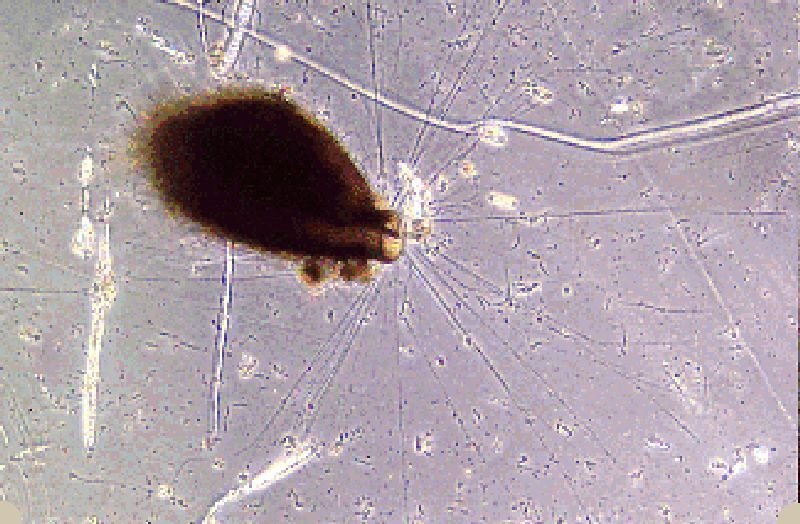
Next, let’s look at some fossil “houses” which are very, very old, even older than I am; they date from about 250 to 325 million years ago. The image I’ll show you are fusulinids and a species thereof called Pseudoschwagerina. There are also related forms called nummulites which occurred in such vast number in some limestone deposits that they were used as building materials by the ancients in areas around the Mediterranean, South East Asia, and Turkey. This was a material used in the pyramids and some nummulites were as large as 2 inches in diameter. The images below are all of one species using a variety of computer graphics techniques to show various aspects.
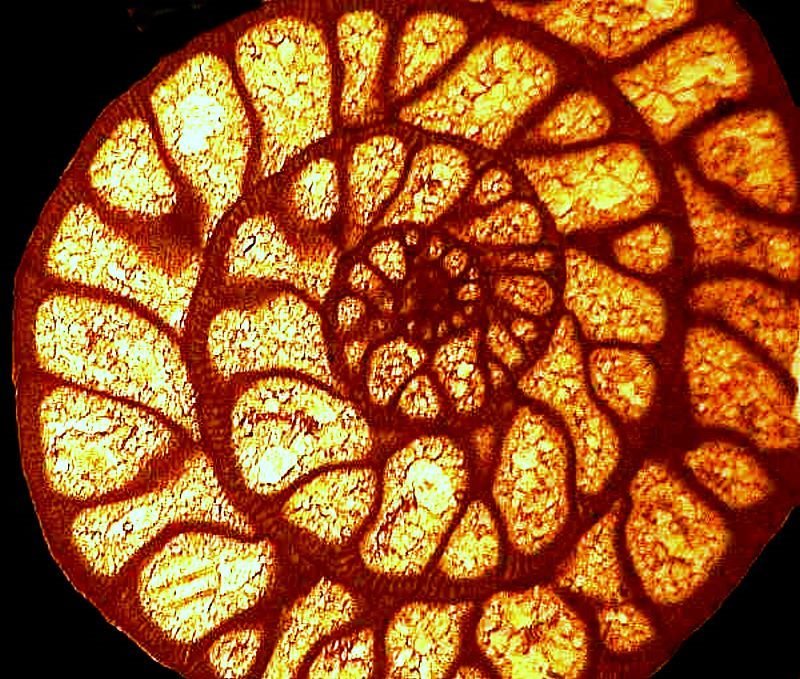
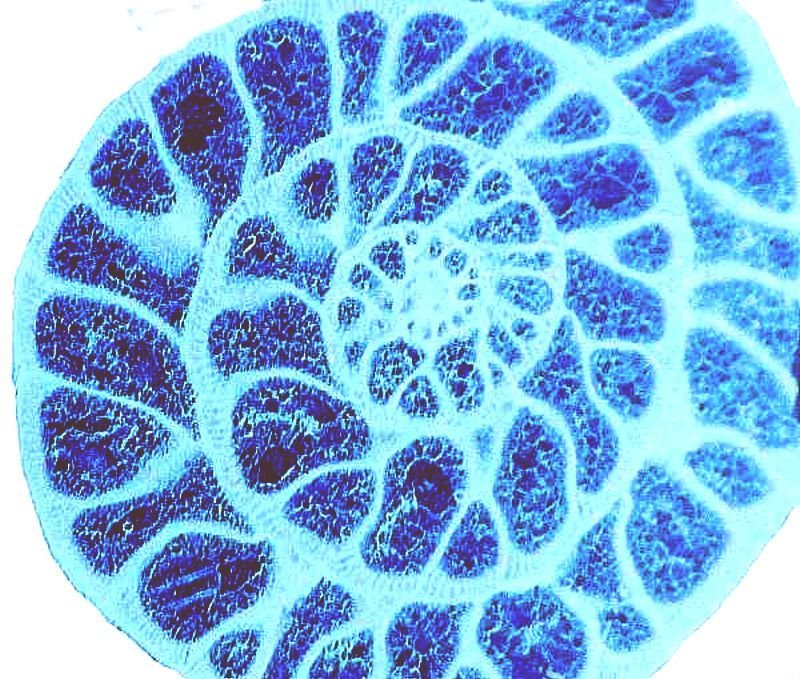
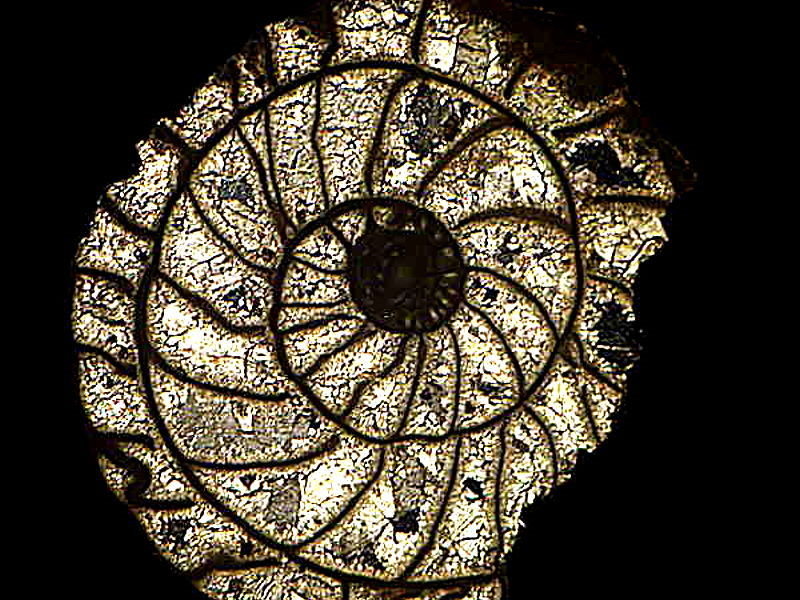
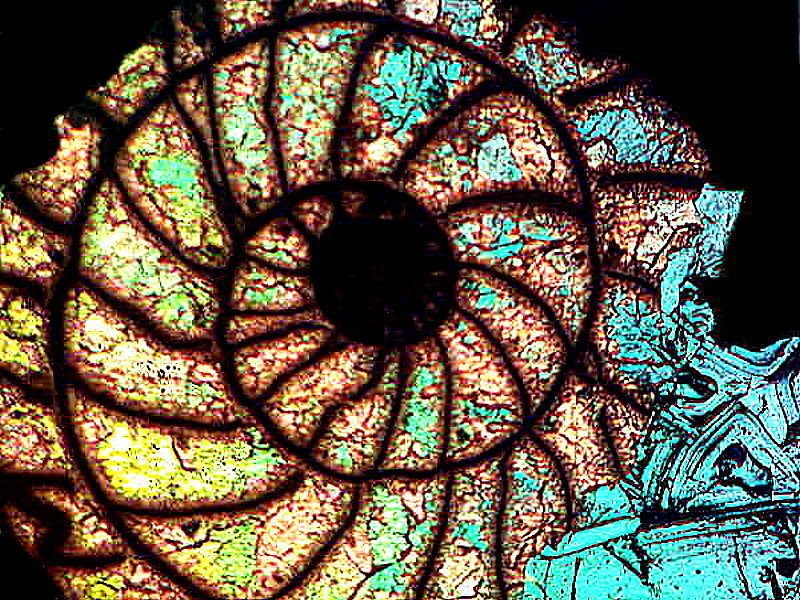

Next, let’s look at a few examples of other types from a particularly rich source of protists with houses; a group called foraminifera or forams for short. It is estimated that there are between 4,000 and 10,000 living species and about 40,000 fossil species. That’s a staggering number of houses and so, you can expect an extraordinary variety of types and here we can only get a tiny hint of this diversity to augment that of the nummulites.
The roots of the word foraminifera are “pore bearer”. Many forms are flattened showing swirls or spirals, but a close examination of the surface will reveal the tiny pores through which protoplastic extentions occur.
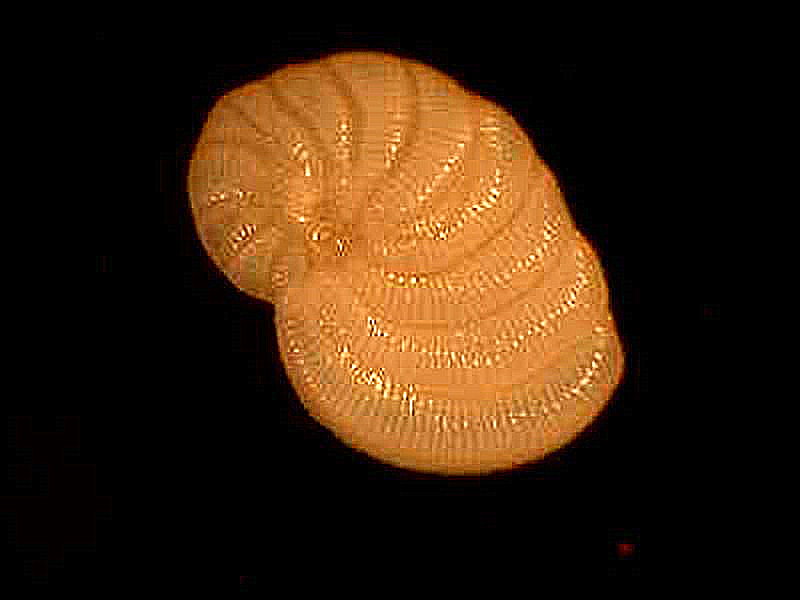
These are even more evident in a monochrome version.
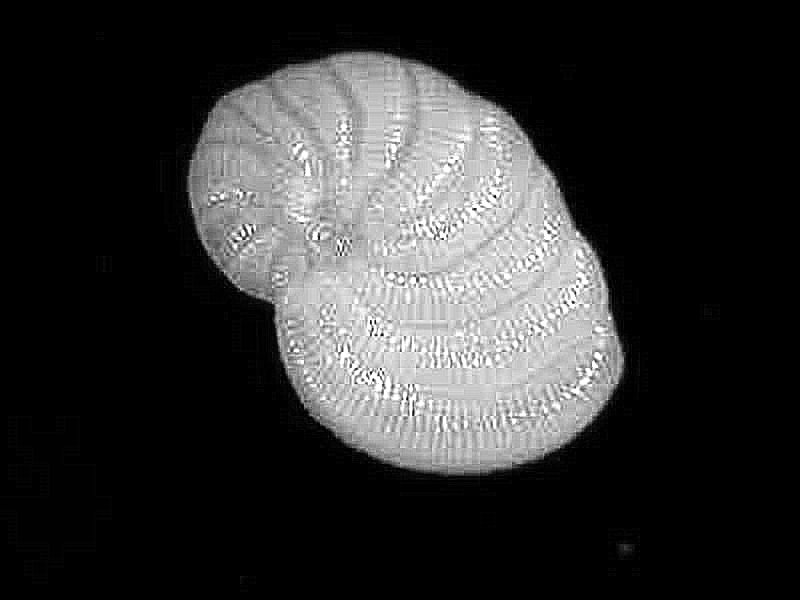
The next specimen is less opaque and shows us the internal spiral more readily. Again, the monochrome image is even more revealing.
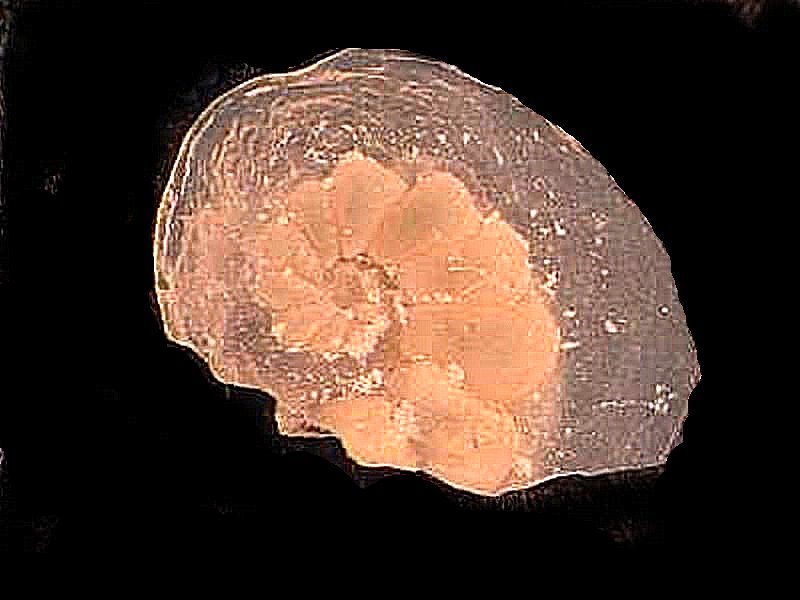
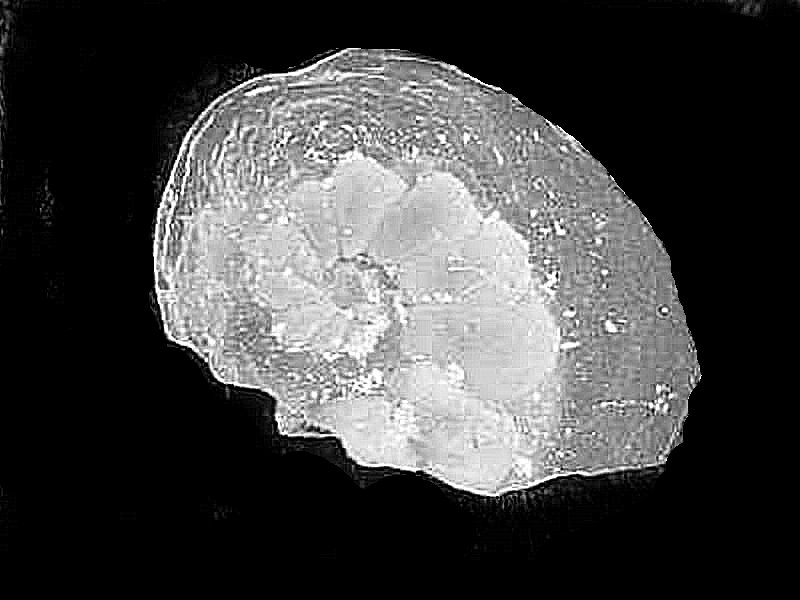
You can find here some additional examples of foram shell diversity in an earlier article I did along with another technique for revealing some of their inner secrets.
The next example is from a sample taken from a beach in Malta and kindly sent to me by Brian Darton along with a note asking me if I knew what the pinkish-red specimens were. He, of course, knew and was testing me; a test which I failed, but in good company. I told him I thought it was a bit of red coral. However, though this was a common response, it is wrong–it is weirdly, a foram and in some areas, such as Malta, a fairly common one. It has the formidable name of Miniacina miniacea. This particular specimen looks rather like a series of miniature red volcanos.
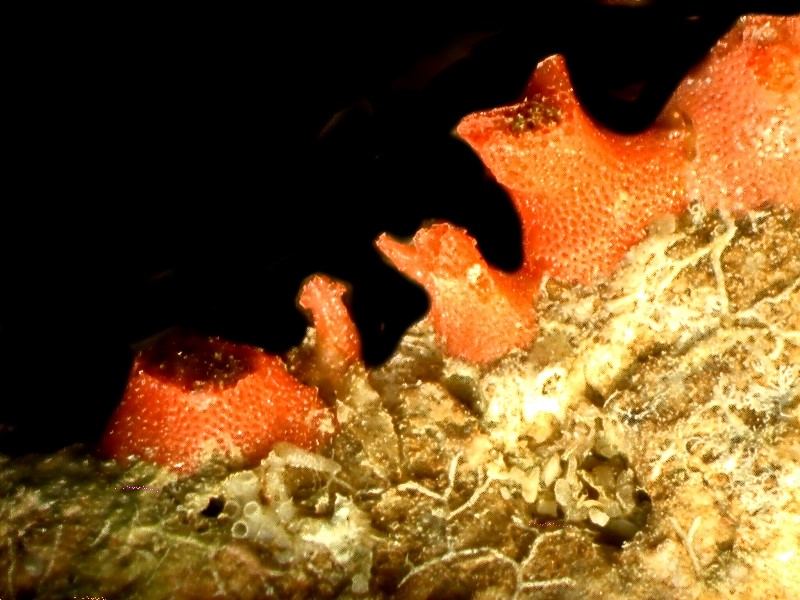
In a sample from the Andaman Sea of the coast of what was Burma at the time it was collected, namely, about 45 years ago, I found some surprising shells. They stood out in the sample I was examining, graciously provided to me by a micro-paleontologist, because they were beautiful, tiny spheres with tiny spines all over the surface. Here’s a peek.
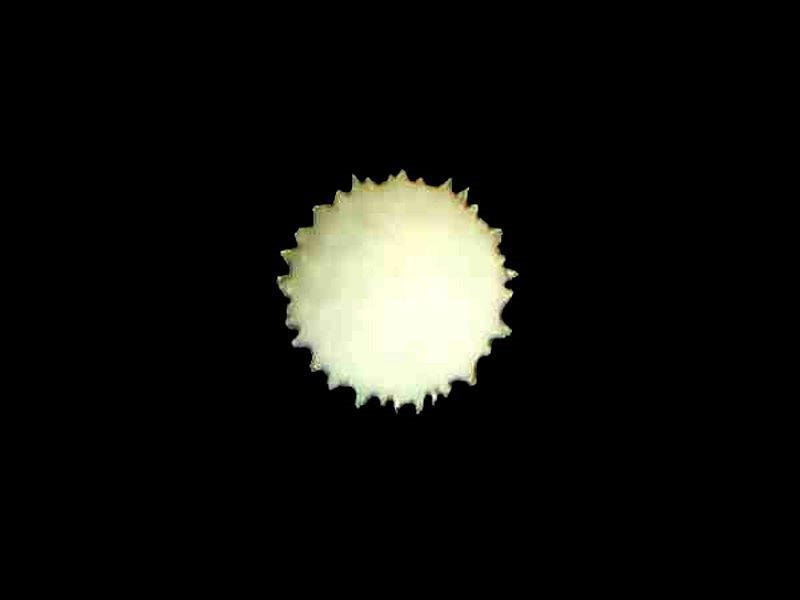
I wasn’t immediately sure what it was, because this sample was quite rich, containing a variety of forams, radiolaria, pteropod shells, fragments of echinoid spines, and bits of coral. I decided to break one open and try to get a glimpse inside and I was quite amazed at what I found–a series of tiny struts emanating from a central mass. I conjecture, but can't prove, that each strut connects to one of the spiky projects on the surface. I’ll show you two more images, including a monochrome version.
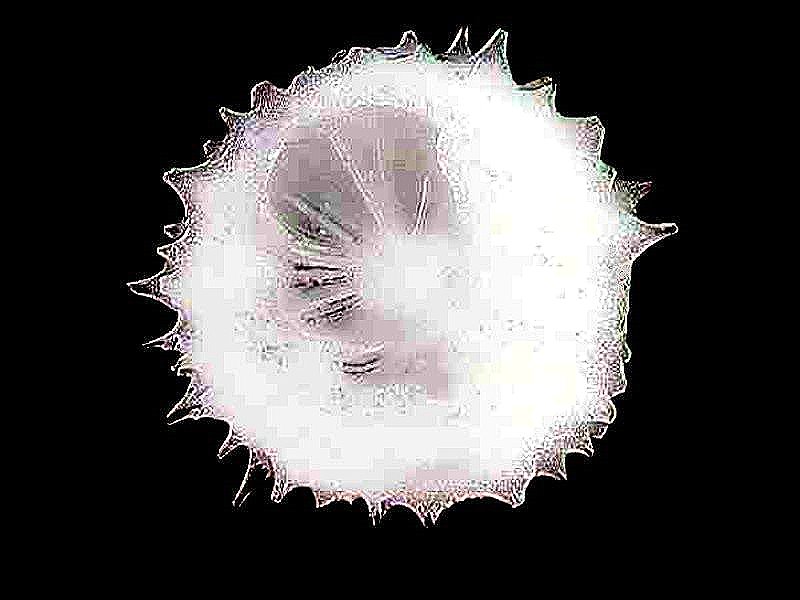
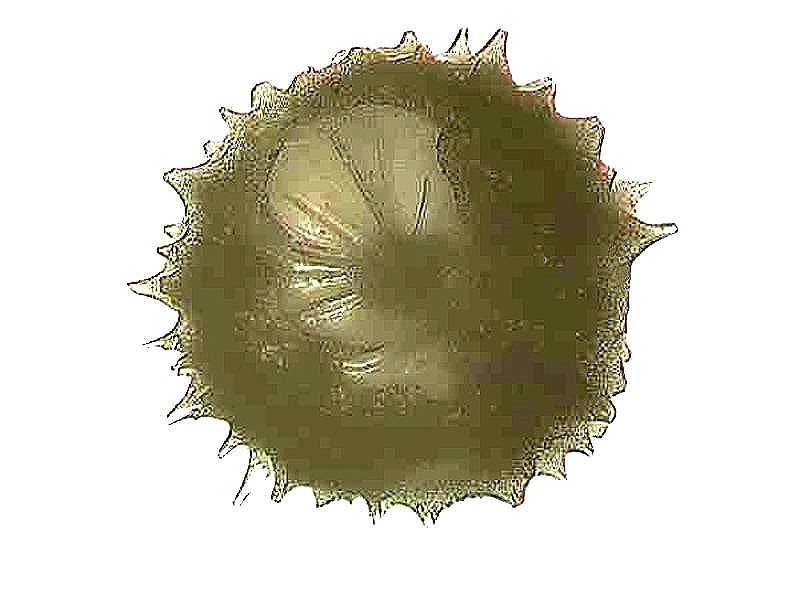
A considerable number of radiolaria look like aerial satellites or space capsules. I’ll give you four examples here and with three of them I’ll also provide the inverted image which shows a different kind of contrast.
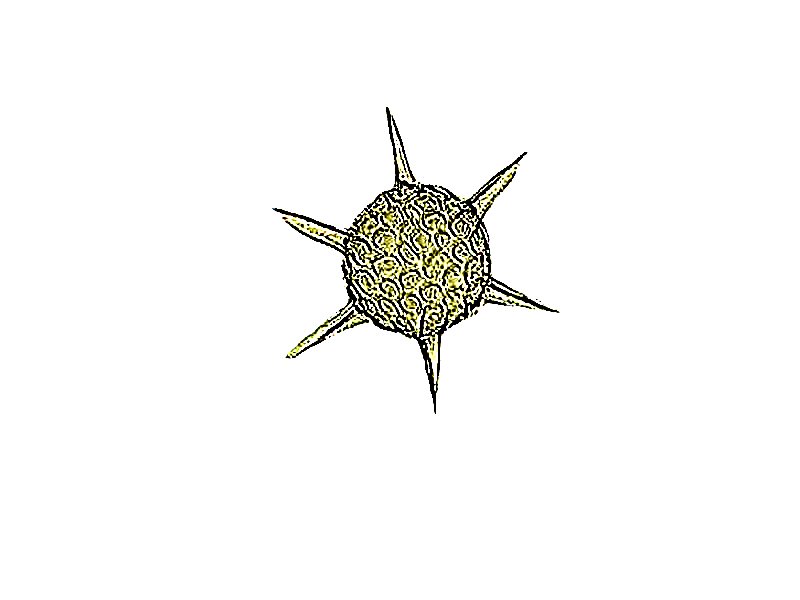
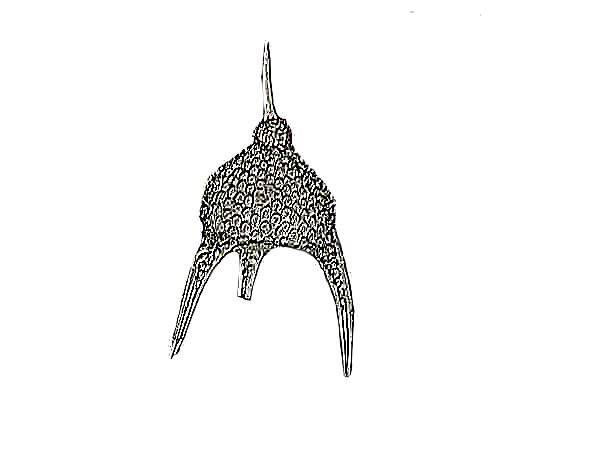
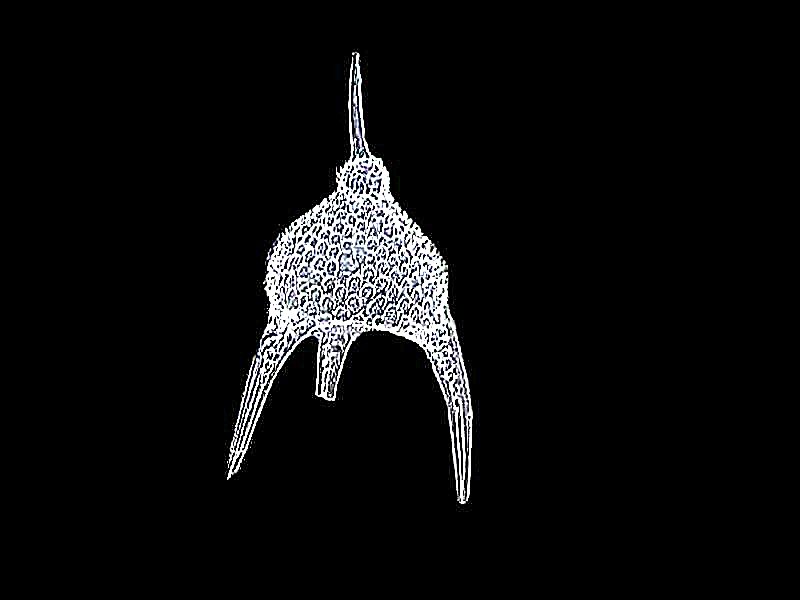
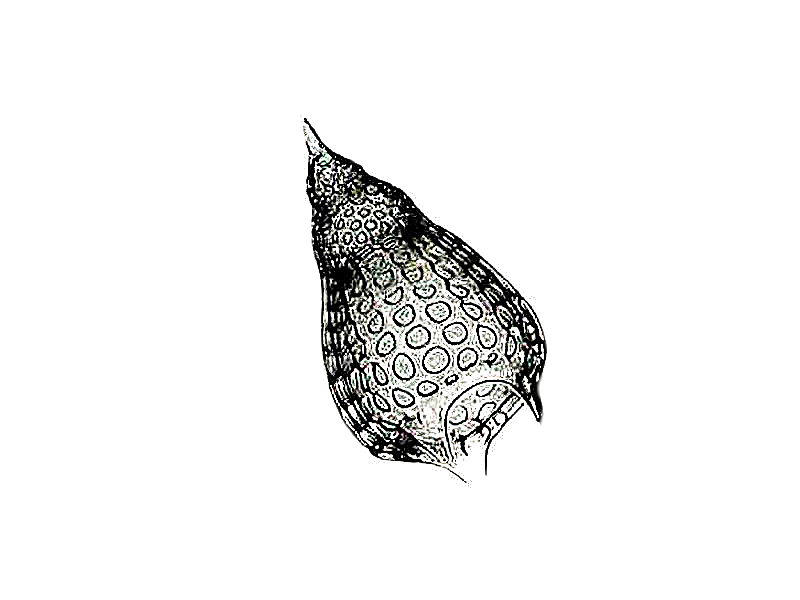
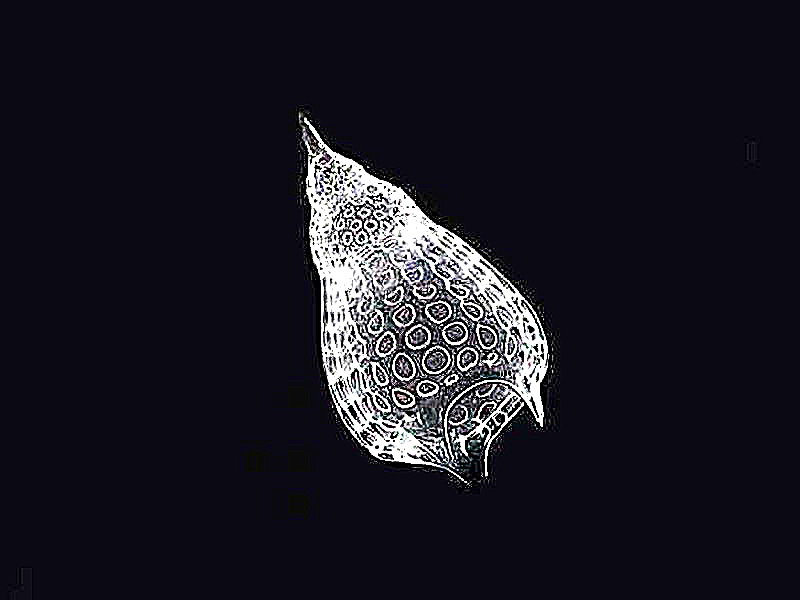
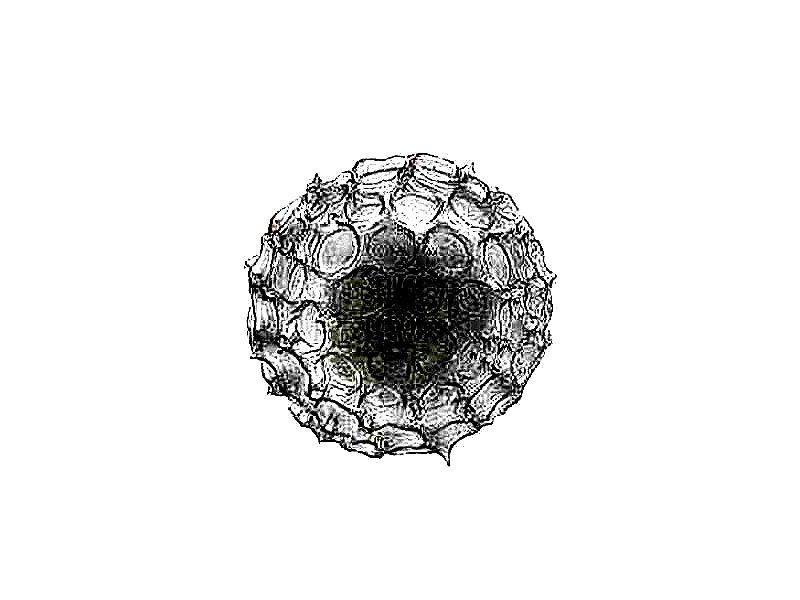
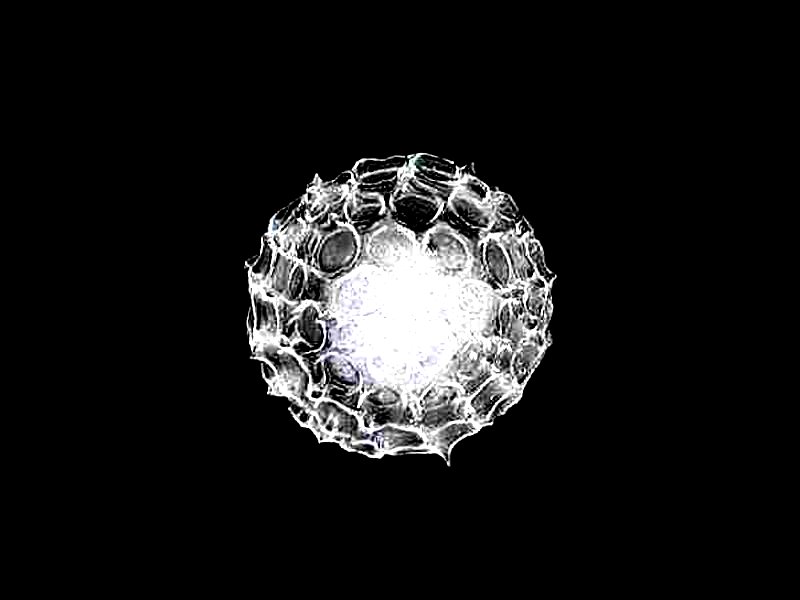
Finally, I’ll show you two forms which are quite different in design than the above examples. The second image is inverted. These are both from the Pacific, whereas the others are from the famous sites in Barbados in the Caribbean.
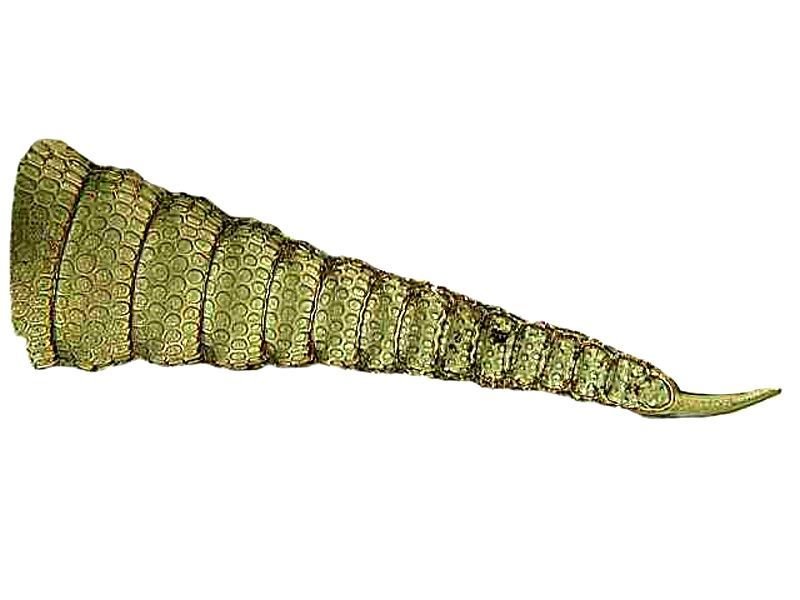
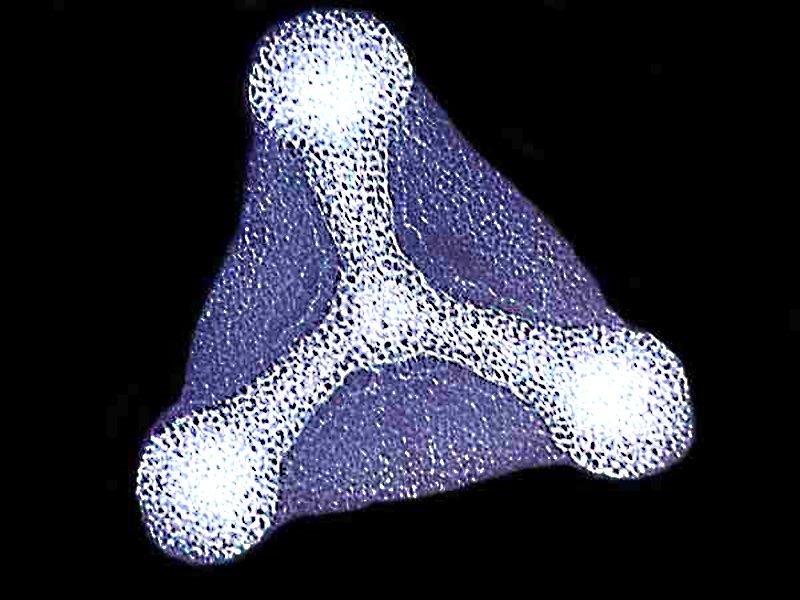
I hope you found this very brief tour of protist houses of interest and I’m sure you can think of many other examples that could be included in these groups, so there’s material for you to write your own article for Micscape. I will follow this up with a move up the phylogenetic scale and start the next article with some examples for the sponges.
All comments to the author Richard Howey are welcomed.
Microscopy
UK Front Page
Micscape
Magazine
Article
Library
Please report any Web problems or offer general comments to the Micscape Editor.
Micscape is the on-line monthly magazine of the Microscopy UK website at Microscopy-UK